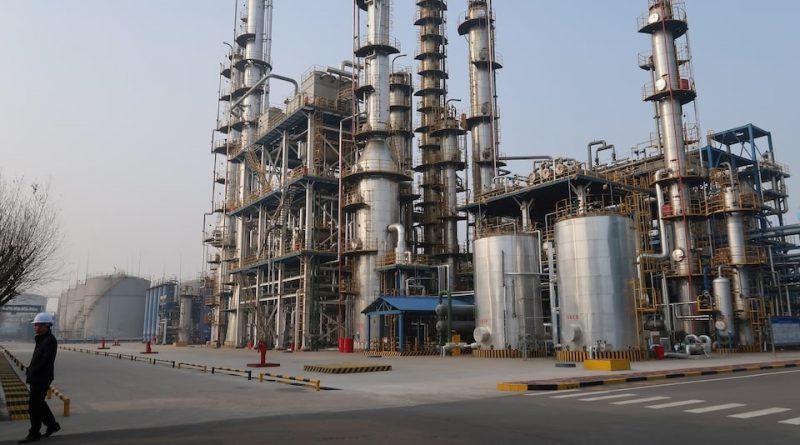Study Shows United States Now the Largest Recipient of Chinese Lending
Hong Kong — A new study tracking China’s global credit activities shows that the United States has emerged as the largest recipient of Chinese lending, marking a shift in Beijing’s overseas financing strategy toward advanced economies and high-value sectors.
The findings highlight China’s expanding footprint across critical infrastructure, technology assets and industrial supply chains in higher-income countries.
The research, released by AidData at the U.S.-based William & Mary university, reviewed Chinese lending and grant activity spanning 2000 to 2023, covering more than 200 countries.
The dataset estimates China’s overseas commitments at roughly $2.2 trillion over the period, a figure significantly larger than previously understood.
Researchers said China remains the world’s largest official creditor, with a loan portfolio estimated to be two to four times greater than earlier projections.
The study notes that Beijing increasingly directs financing toward upper-middle-income and high-income nations rather than focusing primarily on developing countries.
The shift reflects China’s interest in strategic industries such as semiconductors, artificial intelligence, clean energy and essential minerals.
These sectors have become central to Beijing’s economic and geopolitical strategies, influencing both investment decisions and global partnerships.
According to the report, more than three-quarters of China’s recent overseas lending now goes to wealthier nations instead of low-income countries.
This marks a stark reversal from earlier decades, when developing states received the overwhelming majority of Chinese credit through large infrastructure loans.
The United States has received more than $200 billion in official-sector credit from China across nearly 2,500 projects, making it the largest single recipient.
These projects span a wide range of sectors, including energy infrastructure, logistics hubs, industrial facilities and digital infrastructure developments.
Chinese state-owned institutions have provided financing for the construction and expansion of several major liquefied natural gas facilities in Texas and Louisiana.
They have also supported data centre development in Northern Virginia, a region known as one of the world’s largest cloud-computing hubs.
Other projects include financial participation in large transportation facilities such as terminals at New York’s John F. Kennedy International Airport and Los Angeles International Airport.
Pipeline infrastructure, including the Matterhorn Express Natural Gas pipeline and the Dakota Access Oil pipeline, has also been linked to Chinese financing through state-owned creditors.
The study further notes China’s backing of acquisitions involving high-tech firms operating in sensitive industries.
Chinese entities have also extended credit lines to numerous large U.S. corporations, including companies in e-commerce, telecommunications, automotive manufacturing, aviation and entertainment.
The United Kingdom has received around $60 billion in Chinese financing, while countries across the European Union collectively attracted approximately $161 billion.
These loans often target high-tech industries, energy transition projects and sectors related to critical minerals or advanced manufacturing.
Researchers stress that many Western-linked institutions increasingly collaborate with Chinese lenders as global supply chains tighten and competition for technological leadership intensifies.
They also note that Chinese credit structures vary widely, combining commercial arrangements, long-term project financing and state-backed development support.
Meanwhile, China’s share of lending to low-income and lower-middle-income countries dropped significantly, falling to 12 percent in 2023 from 88 percent in 2000.
This decline includes reduced commitments to large transport, energy and industrial projects traditionally funded under the Belt and Road Initiative.
However, Beijing has expanded financing directed toward middle-income and high-income states to 76 percent of its portfolio, up sharply from 24 percent at the start of the century.
The trend points to China’s heightened focus on global markets that can support advanced industries, high-value supply chains and long-term economic partnerships.
AidData says this strategic realignment reflects China’s evolving economic priorities, particularly its ambitions in global innovation, energy transition and geopolitical influence.
Analysts expect these patterns to continue as countries compete for investment in emerging technologies and as China seeks deeper integration into sectors shaping the future global economy.


